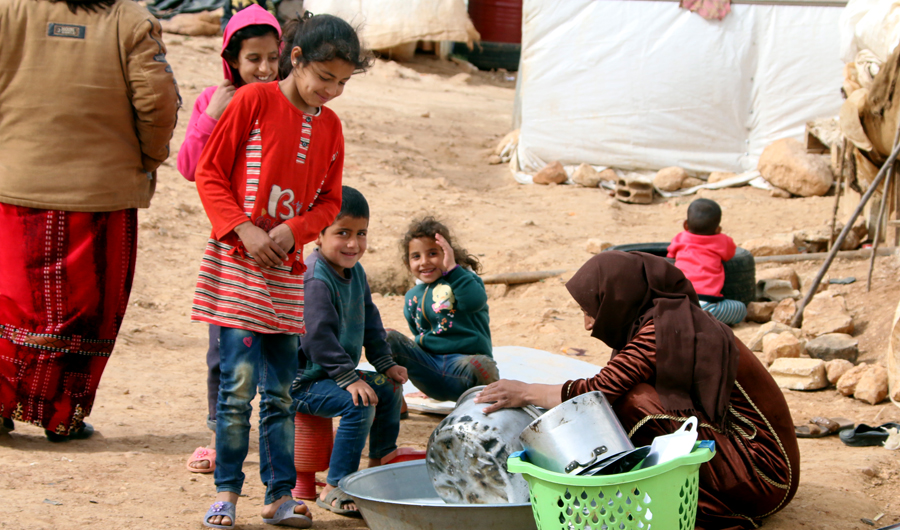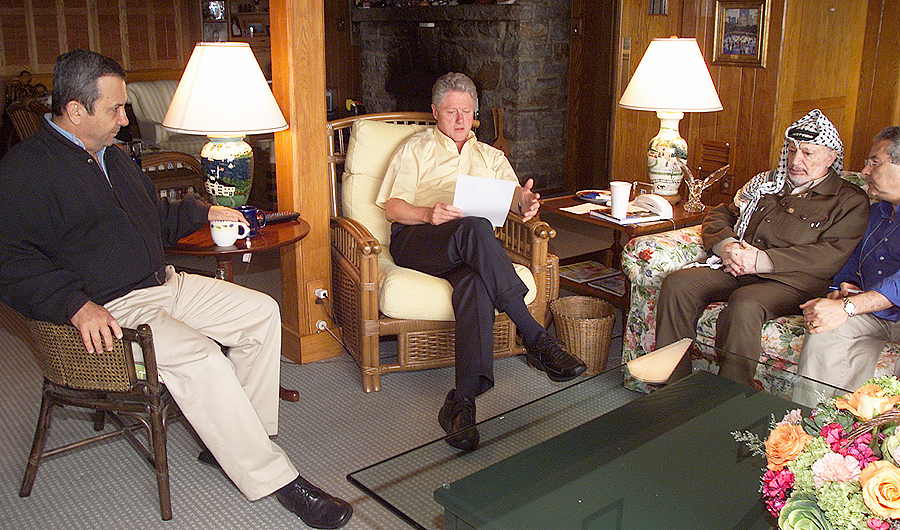Empowering Palestinians means delivering on promises
MANAMA: Jared Kushner’s “Peace to Prosperity” plan, unveiled this week at a conference in Bahrain, sets ambitious goals, including doubling Palestine’s gross domestic product and reducing its high unemployment rate to under 10 percent.
Unemployment is at 30 percent in the West Bank and 50 percent in the Gaza Strip, according to Christine Lagarde, managing director and chairman of the International Monetary Fund, who spoke at the conference.
Kushner’s plan proposes investments of nearly $30 billion in the occupied Palestinian territories, and $20 billion in Lebanon, Egypt and Jordan.
But money alone will not be enough if people are not given opportunities to work and develop their own entrepreneurial skills, business leaders warned during a panel discussion entitled “Empowering the People.”
Arab News Editor-in-Chief Faisal Abbas moderated the panel, which featured four distinguished business leaders: Osama Al-Absi, CEO of the Bahrain Labor Market Regulatory Authority; Amadou Diallo, DHL’s CEO for the Middle East and Africa; Shiv Khemka, vice chairman of SUN Group Global; and Luis Alberto Moreno, president of the Inter-American Development Bank.
Abbas praised Kushner’s “impressive and detailed” plan, but said “the political will must be there” for it to succeed.
Khemka said India has overcome similar challenges that Palestine faces, and “if the challenges can be overcome in India, they can be overcome anywhere.”
He added: “In India, we have 1.3 billion people, so we need to create 1.3 million jobs per month for the next 30 years. We have extreme poverty and wealth. We have all kinds of conflicts and all kinds of issues. If you start off with the assumption that the political will is there, then I think there’s no reason at all why this plan can’t succeed.”
Moreno said based on his visit to the West Bank, he believes that “the political will is present and can be nurtured” among Palestinians.
“A plan like this is only as good as the people who are willing to implement it,” he added. “The more important thing, in any case, is the political will to get behind something where people will eventually really build the potential for developing their own country.”
FASTFACTS
• Unemployment in West Best is at 30 percent and 50 percent in the Gaza Strip.
• Jared Kushner’s plan proposes investments of nearly $30 billion in the occupied Palestinian territories.
• The plan also seeks investments worth $20 billion in Lebanon, Egypt and Jordan.
Al-Absi, who helped reduce Bahrain’s unemployment rate from 17 percent to about 4 percent over 11 years, cautioned that the worst thing to do is to raise expectations and then not follow through.
“A pessimist is what an optimist calls a realist, and I’m a realist. It’s doable, but you have to approach this with a lot of practicality,” he said, describing Kushner’s plan as “very ambitious.”
Al-Absi added: “You’re going to come up with … a peace plan and an economic plan. You’re going to raise their (Palestinians’) expectations. You have to prepare them, otherwise, this can all go south.”
Diallo said: “How you create opportunity is by having leadership that has aspirations to change the way people live in their own communities.”
He added: “That has to be done locally because it can’t be done from outside. The people have to fight for that. I’ve seen that happen in Asia, in Pakistan, but also here in the region.”
He said: “How do you open up opportunities so people can fly in and out easily? How do you open up opportunities so goods can move in and out easily? You create entrepreneurs who have opportunities that are beyond their village and their city and are competing with everyone else, competing in the global world. That’s what I call inclusion.”

Kushner: Door still open to Palestinians despite Bahrain boycottMedia blitz as Palestinians oppose ‘Deal of the Century’



